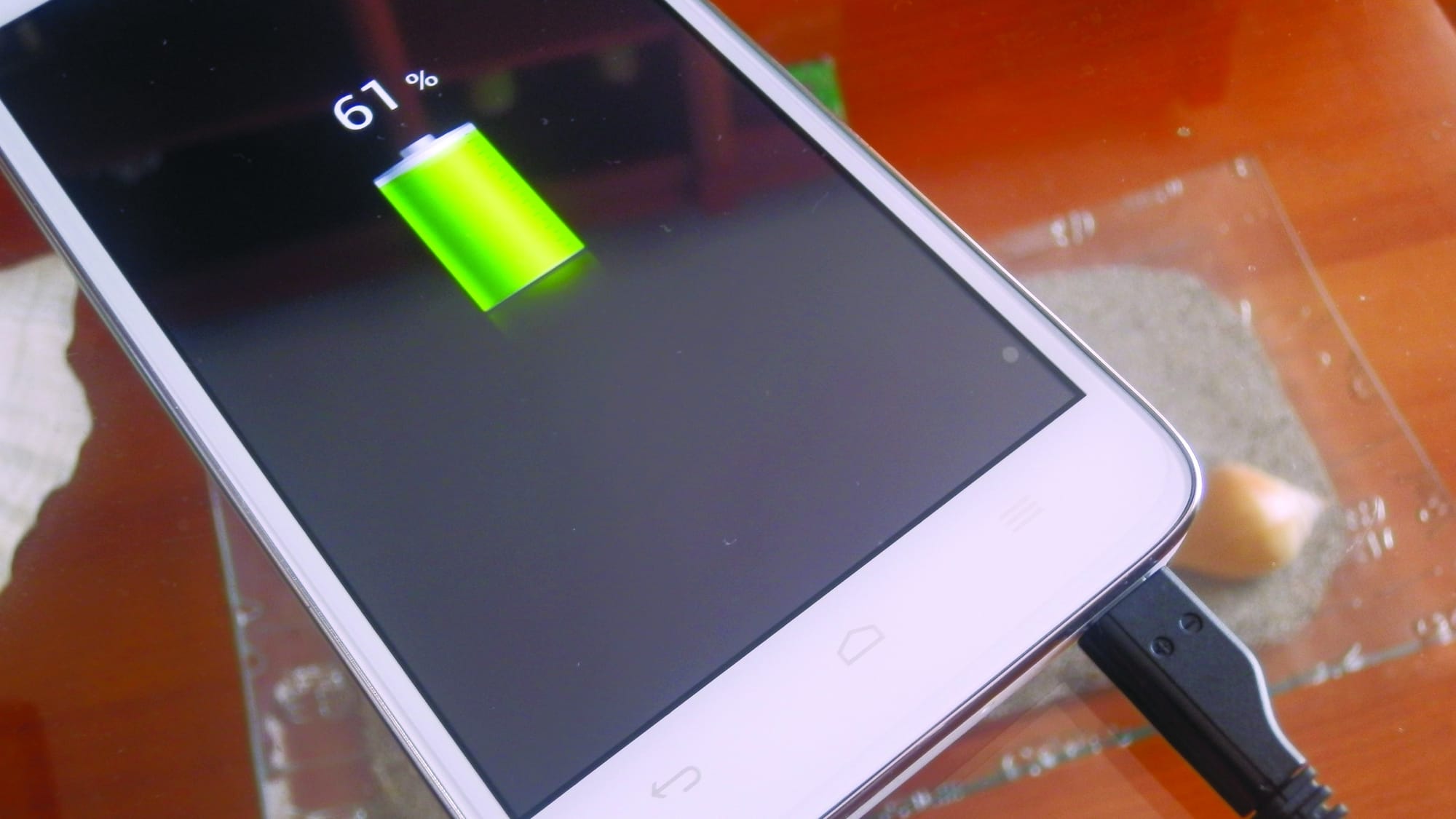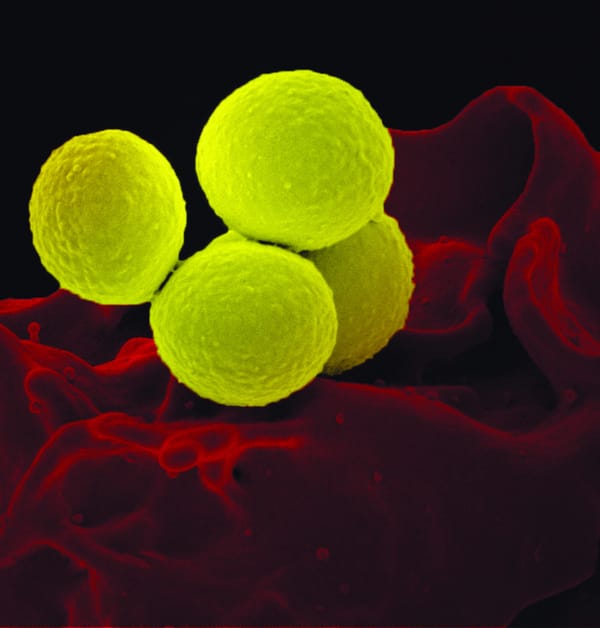Miracle material could bring an end to cracked smartphone screens
Researchers from Queen’s University Belfast are hoping that through combining different materials together, your iPhone may be made shatter-proof.

It looks like a dream, but it’s real,” says Dr Elton Santos, a researcher from Queen’s University Belfast’s School of Mathematics and Physics. Santos has led an international team of scientists to create a new miracle material, one that could be used to make crack-free smartphone screens and self-charging devices.
By combining super-thin and stable graphene with a substance known as hexagonal boron nitride (hBN) and a semiconductor called C60, the team were able to create a brand new material that is more durable and cheaper than current materials on the market like silicon.
“It’s almost impossible to pick one material with all the properties you want,” explains Santos. “I came up with the idea that if you combine materials with different purposes then maybe you can create a new solid. So you combine these 3 materials and you could get completely new or novel features.”
So how does one go about creating a material from scratch? “To me it’s like you are in a very sunny place, like a sunny Spain or sunny Malaga, and you look up at the sky and there’s nothing there,” says Santos. “I got the idea and then the theory and then did simulations. After several months those simulations worked well so then I suggested to a few colleagues in Berkeley and Stanford to try to make it and they did – that simple!”
“As well as making more durable screens, the material could allow smart devices to become solar powered”
“One of the applications that people got very excited about was essentially to try to replace some of the components you have in the iPhone, for instance,” he adds. “In several of the iPhones they use different kinds of glass, kinds of sapphire glasses, or other kinds of polymers. Those polymers or those glasses are expensive and very fragile but if you replaced some of those components, and then include the material, you could get so many features and one of those is unbreakable screens.”
As well as making more durable screens, the new material could allow smartphones and smart devices to become solar powered and therefore rechargeable on the go.
“We thought let’s create a material that harvests energy and solar electricity and then you can just charge your battery while you just drink your beer in Piccadilly,” says Santos. “You can catalyse the electric current in the battery so you connect the screen to the battery. I know prototypes in the market with different materials that are doing that. So it’s not far away from reality at the moment.”
However one potential problem with a widespread use of graphene and graphene-based materials is possible effects on our health. Only discovered in 2004, the toxicity of graphene is still under investigation.

“Potentially it could be harmful,” explains graphene expert Professor Owen Guy, Director of the Centre for Nanohealth at Swansea University’s College of Engineering. “Types of graphene which are particulate could potentially get into the body more easily, and there is the possibility there could be toxic as with carbon nanotubes but I think there’s probably not enough data or enough studies on that yet.”
In terms of environmental impacts, using graphene on a large scale should be safe. “You know graphene’s organic,” notes Santos, “it’s a carbon material, so I would say essentially it’s environmentally friendly.”
Whilst the new material has huge potential, it still needs tweaking before it can be put into use as it lacks an essential feature known as the band gap. The band gap is needed to give electronics like smartphones an on-off switching function.
“When might this material reach smartphones? Elton Santos reckons it’s not too far away”
“Graphene is what they call a 0 band gap semiconductor,” explains Guy. “In a normal semiconductor you have what they call a band gap between the valence band, the band which contains electrons, and the conductor band, the empty band. In order to get conduction you have to have either a hole or electrons and they have to be able to flow. In pure pristine graphene there is no gap between the valence band and the conduction band but when you modify it in some way then you can introduce a band gap.”
Santos and his team are already working on potential solutions. “The idea now is trying to replace graphene with other materials,” he says, “materials that are still flat and still 2D but with a band gap. So there are several materials now that we are looking into like the transition metal dichalcogenides.”
So when might this new material reach our smartphones? Santos reckons its application isn’t too far away. “If you think in terms of time frame it can easily take between five to seven years,” he says. “I think that it will not take too long to use this kind of prototype, this new material that we discovered.”









